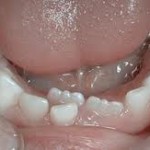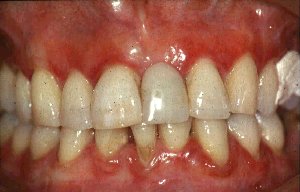Transition from an old silver filling to a new one…
What is a silver dental filling?
“Silver†dental fillings or commonly known as amalgam fillings contain 50% mercury, silver, tin, zinc and copper. It is inexpensive, easy to use and manipulate during placement into cavities as it is soft, moisture tolerant, less technique sensitive and forms a hard material on set. Amalgam has greater longevity as long as 10 years or more compared to other restorative materials and is wear resistant. Amalgam is condensed and packed into prepared cavities. They lack the bonding mechanism when compared to bonded fillings which restore 85% of strength that the tooth had before the first filling. Continue reading



 Sucking
Sucking




